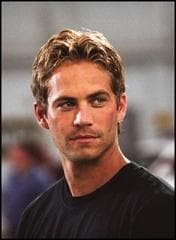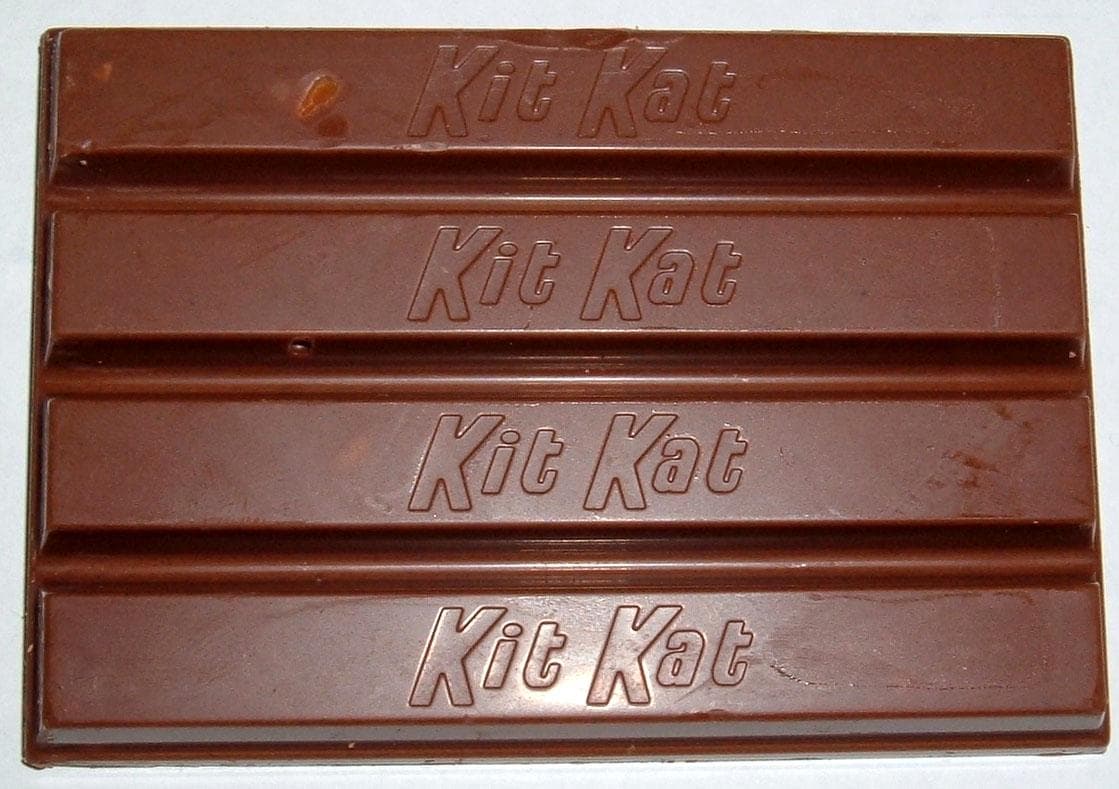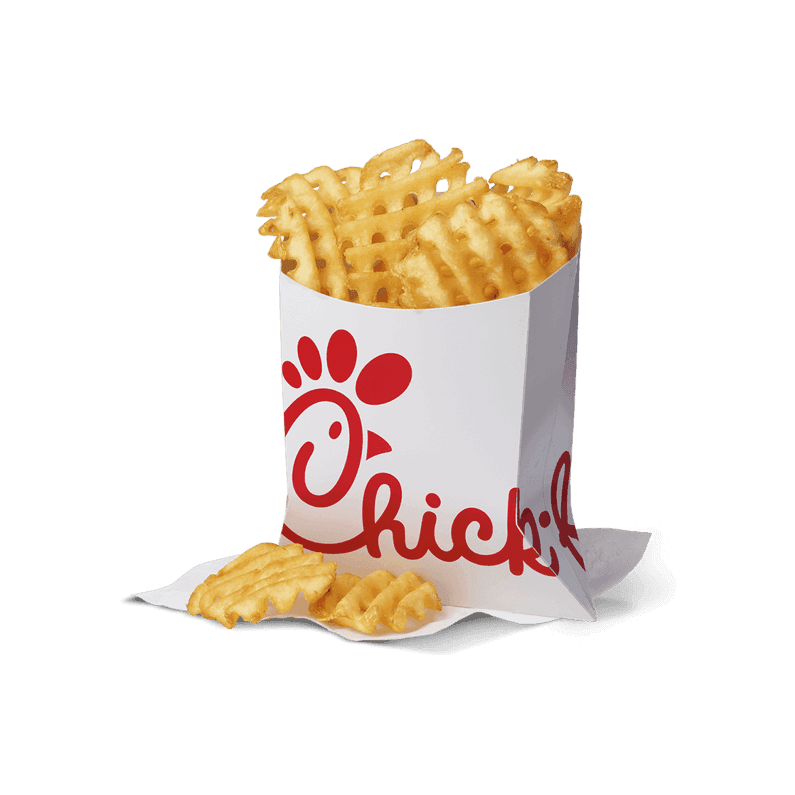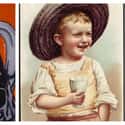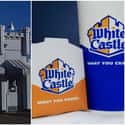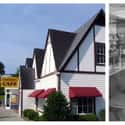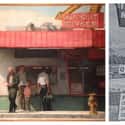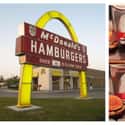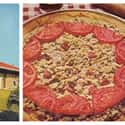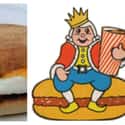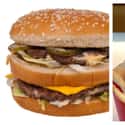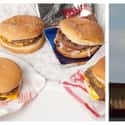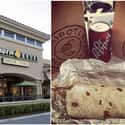-
(#1) 1900s: The First American Automat Opens Introducing Americans To Take-Out Dining
Fast food was brand new at the turn of the 20th century. The recently invented automat offered a new, high-tech experience for hungry diners - diners would insert coins into a massive vending machine to receive their meal. Horn & Hardart unveiled its first automat in 1902.
“New Method of Lunching,” a New York Times advertisement declared. “Try It! You’ll Like It!!”
What did people buy from automats? The vending machines contained sandwiches, chicken pot pie, and hot slices of pie. The hot food options included steak, soup, and mashed potatoes. Behind the machine, food service workers refilled empty slots to keep the machine running smoothly. The slogan promised "less work for mother."
Horn & Hardart opened another automat in Times Square, truly kicking off the fast food era.
-
(#2) 1910s: A&W Sold Handmade Root Beer From A Cart At A Parade
As veterans came back from WWI, they found a new drink available for sale: root beer. The first mug of root beer was served at a military homecoming parade in California.
Soon, A&W started offering drive-in service from its California locations. Cars pulled up and a server brought out a frosty cold mug of root beer served in a glass. In the 1920s, A&W expanded its locations, bringing delicious root beer to thousands of customers.
-
(#3) 1920s: White Castle Marks The First Traditional Fast Food Restaurant Opening
In 1921, Walter Anderson and Billy Ingram opened the first White Castle in Wichita, KS. By 1924, the chain had multiple locations in Kansas and Missouri.
But White Castle wasn't just the first fast food restaurant. It also pioneered the most popular fast food: burgers. Anderson invented the hamburger bun and developed the assembly line as a method to cook fast food.
Thanks to White Castle, burgers soon became an inexpensive, fast option across the Midwest, where the chain quickly expanded.
-
(#4) 1930s: QSRs Were Slow To Grow During The Great Depression
The Great Depression was a tough time for quick service restaurants, but several important milestones occurred during the 1930s. In 1930, Harlan Sanders opened a restaurant in Corbin, KY, which he named Sanders' Court & Cafe. The roadside restaurant serviced fried chicken to travelers and locals.
Sanders didn't turn his cafe into the Kentucky Fried Chicken franchise until 1952.
Also in the 1930s, Howard Johnson came up with a new idea: he would let other restaurant operators use his name for a fee. Johnson, an ice cream seller, thus invented the restaurant franchising model, which soon became standard in the fast food industry.
-
(#5) 1940s: The Modern Day Drive-Thru Was Started By In-N-Out
In 1948, Harry and Esther Snyder popularized a new idea: drive-thru fast food.
That year, they opened the first In-N-Out Burger in Baldwin Park, CA. The model built on earlier drive-in businesses was one in which carhops took orders through car windows. At In-N-Out, cars drove up to a window in the store to place their orders. Customers used an intercom to relay their order, and then they received the food without leaving their car.
The idea quickly caught on, transforming fast food.
-
(#6) 1950s: Dunkin' Donuts, Baskin-Robbins, And Taco Bell Are Founded
The 1950s marked a new era in fast food history. Multiple brands that dominate the industry today trace their roots to the 1950s, including McDonald's, Dunkin' Donuts, Baskin-Robbins, and Taco Bell.
In 1954, a milkshake salesman named Ray Kroc visited a drive-up restaurant owned by Dick and Mac McDonald. Kroc instantly invested in the business and transformed McDonald's into a giant in the fast food industry.
That same year, Jim McLamore and Dave Edgerton opened Burger King, while Glenn Bell founded Taco Bell.
Streamlined assembly methods distinguished 1950s fast food. At McDonald's, line cooks using the "Speedee Service System" could make burgers in half the time, allowing McDonald's to charge just 15 cents a burger, or half the cost of a sit-down restaurant.
-
(#7) 1960s: Fast Pizza Takes Over The Quick Dining Market
In 1961, McDonald's opened Hamburger University in Illinois to train employees. By 1963, the company had already sold its 1 billionth hamburger.
But burgers weren't the only option when it came to fast food. In the 1960s, pizza became a staple in the industry as modern pizza delivery joints took over.
Pizza Hut, founded in 1958, dominated the pizza business in the 1960s thanks to a strong marketing campaign. By 1966, the number of franchise units had already grown to 145.
-
(#8) 1970s: Breakfast Items Were Introduced To Fast Food Menus
Chains like Dominos, Wendy's, and Jack in the Box focused on lunch and dinner menus until the 1970s, when many fast food chains expanded into breakfast.
In fact, Jack in the Box introduced the first breakfast sandwich in 1969, but it was McDonald's that revolutionized fast food breakfast.
In 1972, McDonald's created the first Egg McMuffin. Herb Peterson, a franchise owner, came up with the idea, which he shared with Ray Kroc. Peterson loved eggs benedict and wanted to expand the idea to fast food.
By 1977, McDonald's restaurants across the country were serving up Egg McMuffins and a complete breakfast menu, including hotcakes, sausage, and hash browns.
-
(#9) 1980s: Calories And Portion Sizes Increased Starting An Unhealthy Trend
Starting in the mid-1980s, fast food restaurants began increasing portion sizes. According to a study in the Journal of the Academy of Nutrition and Dietetics, between 1986-2016, the average calorie count per main item grew by 90 calories. For desserts, the calorie count rose by 186.
What changed in the 1980s? As the fast food industry grew more crowded, chains tried to appeal to customers with larger portion sizes and more calorie-dense options. Even the size of burgers grew as more and more chains expanded their menus.
-
(#10) 1990s: Value Menus Gain Traction At Burger King And Wendy’s
The 1990s brought a new innovation in fast food: value menus. Wendy's pioneered the idea of a value menu in 1989. As a growing number of chains competed for burger sales, Wendy's used the value menu to drive new customers. The value menu offered nine items sold at 99 cents, including hamburgers, fries, and drinks.
Burger King launched its first value menu in 1998, quickly followed by other chains, including McDonald's Dollar Menu, launched in 2003.
-
(#11) 2000s: Fast Casual Dining Takes Off And Challenges Fast Food Restaurants
Fast food faced new competition in the 2000s with the growth of fast casual dining. In 2000, P.F. Chang's China Bistro kicked off the trend with its Pei Wei Asian Diner. The move came in response to growing takeout orders. Rather than opening a takeout-only location, P.F. Chang's created a fast casual chain.
Similar restaurants, like Panera Bread and Chipotle, promised fast service with fresher ingredients than typical fast food chains.
The 2004 premier of Super Size Me also drove people toward healthier fast food options - while pushing fast food chains to create new menu items to appeal to customers.
-
(#12) 2010s: Clean Eating Initiatives Spark Change In Fast Food Menus
In 2006, two years after Super Size Me, 75% of adults reported they were trying to eat healthier in restaurants. Three years later, a National Restaurant Association survey said the No. 1 food trend was increasing the use of local produce.
The clean eating movement changed the fast food industry - but not without challenges. In 2013, Burger King introduced a lower-calorie French fry, but it lasted less than a year. Still, fast food chains have increased their plant-based options, often incorporating vegan foods like the Impossible Burger.
In 2018, McDonald's also announced that it would remove all preservatives and artificial colors from seven burgers. The restaurant also offers carrots, apple slices, and salads.
However, the changes aren't always winning over customers. Although McDonald's now offers healthier sides, a recent study showed that the number of parents buying healthier sides with their kids' meals dropped between 2013 and 2016.
New Random Displays Display All By Ranking
About This Tool
Fast-food originated in the United States at the end of the 19th century, and the repaid development of the modern fast-food industry was in the 1950s. After the United States won the Second World War, people's work and life pace accelerated, people did not have the time and energy to engage in housework, children's meals became a concern for parents, and it is a great time for the development of the fast-food industry.
Over the decades, changes in consumption habits have promoted the rapid growth and innovation of the fast-food industry, and fast food items have changed significantly every decade since the 20th century, there is more information for you.
Our data comes from Ranker, If you want to participate in the ranking of items displayed on this page, please click here.


